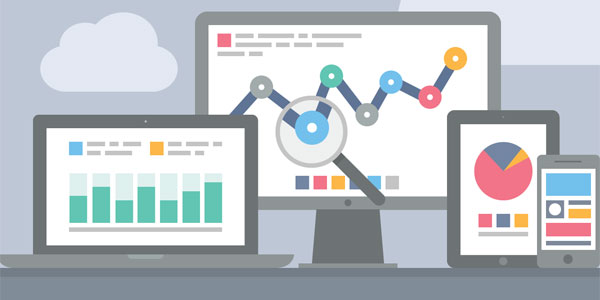 Aiming to better equip enterprises for big data and the Internet of Things, SAP recently rolled out a host of new features in its HANA platform and predictive-analytics portfolio.
Aiming to better equip enterprises for big data and the Internet of Things, SAP recently rolled out a host of new features in its HANA platform and predictive-analytics portfolio.
According to Steve Lucas, President of Platform Solutions, SAP the new HANA release is designed to help customers connect with IoT at enterprise scale as well as manage big data more effectively. Dubbed service pack 10 (SPS10), the software is the biggest update to the in-memory database platform since its launch in 2010.
“Among the software’s most notable additions is a new remote data-synchronisation feature that enables organisations to synchronise data between the enterprise and remote locations at the edge of the network,” said Lucas.
Through the new platform, developers can now build IoT and data-intensive mobile apps that leverage SAP HANA remote data synchronisation between the enterprise and remote locations via SAP SQL Anywhere embeddable database technology. The result is that data from dispersed workplaces and restaurants, say, as well as remote locations like pumping stations, vending machines and mines can more easily be securely captured, accessed and fed back into SAP Hana for analysis.
Expanded data-integration capabilities in Hana, meanwhile, offer support for the latest Hadoop distributions from Cloudera and Hortonworks. Other new features include faster data transfer with Spark SQL and rules-based data movement among multiple storage tiers.
A new Web-based development workbench is designed to make it easier for enterprises to cleanse data and merge duplicates, while new high-availability and disaster-recovery capabilities aim to help ensure data-centre readiness and support for always-on, mission-critical applications.
“We think that HANA can help companies refactor and dramatically reduce the size of their data centers,” Lucas said. “Instead of one massive bank of databases to store transactional data, another bank for time series – the lag data – and then another for forecasting and predictive modeling, HANA can have one copy of the data and perform all those functions.”
SAP has also advanced its software’s analytics capabilities, not just in the core HANA platform but also in its predictive-analytics portfolio.
Version 2.2 of SAP Predictive Analytics suite is now better-equipped to accommodate wide data sets and use them for predictive modeling, for example. Its automatic predictive library has been expanded with numerous new algorithms, while user-focused enhancements include improved R integration and model-comparison capabilities.
Finally, SAP also launched a new mobile app for its Cloud for Planning software as a service, giving users the ability to be notified of events and discuss plans in real time from any location.
SAP now claims more than 6,400 HANA customers, almost doubling the number it had a year ago. The platform now underlies much of the company’s software and applications.





